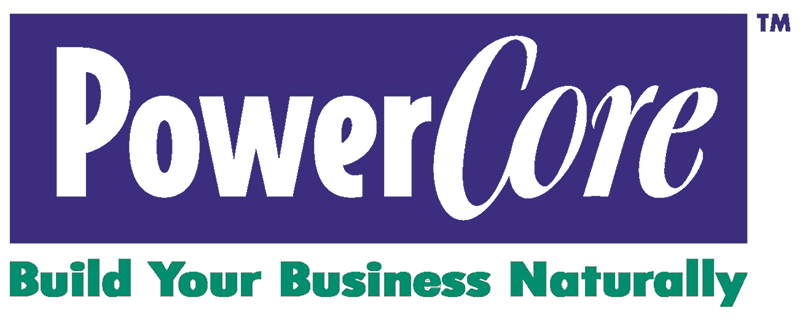What To Do To Get Referrals: FeedForward Cards | Method
When Traci cooks a new recipe she asks her family whether they want it once a month, once a year, or never again!
What’s your method for getting maximum value from FeedFoward Cards?
- Do you enter them by topic in a spreadsheet?
- Do you staple them to your notes from the 7-Minute Presentation?
- Do you keep them piled in a box?
Response from Kay McInroe
from the Fayette Team
I read the feed forward cards the day of my 7 min to see how my presentation was received. The feedback helps me determin if my team mates understood my presentaion and my business . Their questions and comments help me identify my future info minutes and 7 min. The questions are eye opening and its interesting to see what I thought everyone knew about my business was not common knowledge and the questions make me better at explaining the home buying and selling process to my clients.

Response from Carl Querna
from the Fayette Team
I get value from both the "single best things" my teamates provide as well as their questions.
I usually read my feed forward cards shortly after the meeting while the specifics of my 7 minute are fresh in memory.
The "single best things" let me know if I did a good job of emphasizing key points I wanted to get across. If I see those points as "single best things" across many of the feed forward cards than I know those points hit home.
Questions on the feed forward cards let me know what my teamates don't know about me, my business, or my industry. Because there is a flux of new members, seeing more questions that wouldnt normally be asked by members that have heard many of my 7 minutes and have a pretty good grasp of me, my business, and my industry; helps me determine when it is time to revisit a topic for the benefit of the new members.
Response from Robert Goldberg
My method for getting maximum value from feed forward cards is to review them after my 7 minute presentation and to organize ones containing similar feedback. I will then incorporate suggestions into a series of InfoMinutes or use the feedback for my next 7 minute presentation.

Response from Wendy Kinney
from the PowerCore Team
It took me a while to find what works for me. An Excel spreadsheet did not.
I use the online tool Plottr. https://plottr.com/
Each workshop is like a book.
When I get back from a Team I enter the FeedForward Cards into the "book" for that workshop.
(I'm about to do that now for Care and Feeding of GateOpeners from the North Fayetteville Team this morning.)
Every day at 1pm I go to Plottr and pick something to write about.
Then I move it up to the edit row.
Then I look for something I wrote a little while ago, edit it, and paste it into the Knowledge Base.
I never wonder what to write because there is such an inventory of topics from the FeedForward Cards! Thank you for that.

Response from Jeff Bartholomew
from the Fayette Team
When I get a stack of Feed Forward Cards, I organize them around themes.
From there, I add them to a list I have of ideas for future InfoMinutes and 7-minutes.
This list of ideas includes comments from meetings that fellow members made that spark an idea in me.
Immediately after my most recent 7-minute, and after I've added the Feed Forward Cards to my list, I then create my topic for my next 7-minute which is usually 7-weeks out. I then name the individual InfoMinutes/topics between now and the 7-Minute.
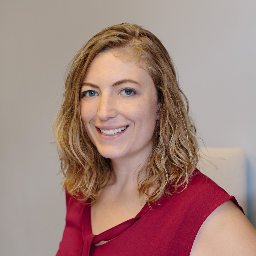
Response from Dr. Miranda Henry
from the Fayette Team
I am a Physical Therapist by trade but an educator at heart. After the meeting I like to immediately read through the feed forward cards to sift out the cards that are not specific. I then group them into similar topics/questions and the stack with the most comments are priority. If I've been unclear or inspired further questioning the cards can help indicate how I was heard. To keep track, I have an ongoing note on my phone, along with industry timing, this helps guide my next series of topics. i.e. if I'm discussing neck pain and many ask about exercises my next series is more practical info, if questions were more geared to neck pain and vertigo I would start a series on vertigo etc

Response from Dr. Byron Harper III
from the Fayette Team
To get maximum value from a Feed Forward card, I have to try to put myself in the place of the person who wrote their single best thing and there questions and their kindling questions. Hopefully doing this allows me to get an accurate idea on whether the information that I was trying to share was successfully communicated but then it also allows me to see what else is important to my audience that I might not have foreseen. That guides me to make a point to alter either my communication or my message.

Response from Jay Griffin
from the Fayette Team
I keep them in a folder in my desk at work and pull them out the day before our meeting so that I can try to weave that information into my content for the next day. I like the idea of putting them in a spreadsheet - I am going to try and incorporate that going forward!

Response from John Thompson
from the Fayette Team
I read each one the day after the meeting and combine those that are the same or very similar. So I basically narrown them down to 1 to 2 focus points. I then use those similar responses to determine if I didn't explain something well enough so need to review or if I explained good and more info is requested. I then will factor that into my next several info minutes and/or plan to expand more on my next 7-minute presentation.

Response from Ray Evans
from the Fayette Team
FeedForward Cards are a good measure to me of how my message is being received. Sometimes questions are right on point to where I am leading the group. Other times, the questions are things that I have already covered. The lesson is that people hear things differently and the communication method that I use is not what that person needs. Also, while I am talking, sometimes people drift into their own thoughts before re-engaging. During that time, they missed all of that information I was trying to relay.
I take the responses, review them, and use the information primarily as a benchmark to myself, but also use as future topics for 1 & 7-minute presentations. I keep the responses at my office for reference. I do not have a formal logging process for them.

Response from Paul McCalla
from the Fayette Team
I collect and use the Feed Forward cards to gauge how well my message is getting across to the team. The questions are often very insightful. I always read them after the meeting on the day I've done my 7 minute presentation. I move ones to the top of my stack I'll be using as the basis of my next 7 minute or info minutes. The Feed Forward cards are a very valuable part of my Powercore experience.
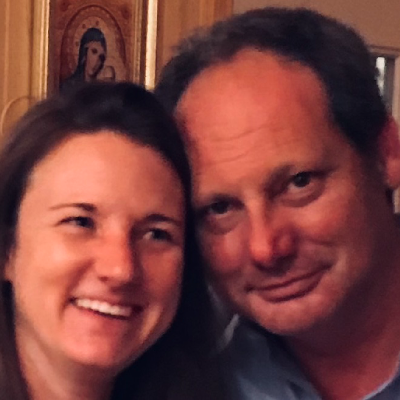
Response from Christopher Marosy
from the Fayette Team
I write good questions and ideas in my planner for future topics and conversations.
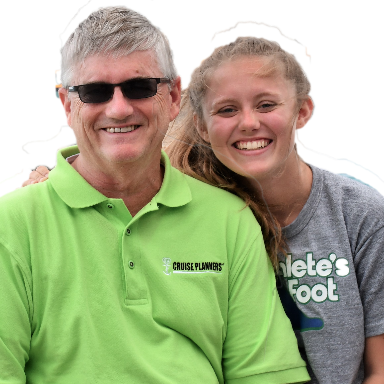
Response from Jimmy D! Dunnavant
from the Fayette Team
I appreciate all the feedback I receive from my 7 minute presentations. These comments allow me to determine if I was able to explain some complexity of my business in a way that others can explain it to their referrals.
If I get confusing comments back from my team members it's telling me I need to rethink how I explain that portion of my business.
Keep 'em coming!
Jimmy D!

Response from Tom Wallace
from the Peachtree City Team
The feedback from my 7-minute presentation with the FeedForward Cards is great. I always review them after I give a presentation and I attach them with my notes from the presentation.
This is a great help when I'm ready to cover the topic in more detail and develop a series with the FeedForward input.

Response from Brenden Jonassaint
from the Buckhead Team
After my 7 minute I immediately go over all the cards and questions the same day. Sometimes I sort them out by topic and actually write the answers to any questions on the cards in that moment. I then rubberband them or paperclip them all together with the date written on the top card. I then put them away for when I need topics for writting or speaking at a later date. I'm considering using a tool to log them by topic though as that would keep them much longer and save on storage space.
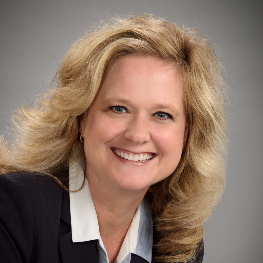
Response from Michelle McAllister
My method for getting maximum value from Feed Forwards is to first attach them to my 7 minute presentation. Read each one carefully and think how this information could help educate my potential client "audience." When I am meeting with a potential client, I can review my 7 minute presention information to prepare and review the feed forward comments/questions that were generated from my presentation.
Also the feed forward cards that I receive help me develop kindling questions. It helps to me to have a better understanding of the questions that my potential clients may be thinking, but do not want to ask. I can incorporate these concepts when I am speaking with a client to provide a better explanation of my scope of services.

Response from Michael Clark
I always save and read through my FeedForward Cards to gather feedback and identify any topics/areas that the group found particularly interesting. When I initally read through them, I try to take some notes and highlight some of the things people were interested in. This helps me with a couple things: #1 it helps me recognize different point of views and areas of interest that I can put bigger emphasis on when meeting with my actual clients. #2 it gives me some excellent ideas on topics I can discuss in my weekly infominutes, coffee meetings, as well as next 7-minute presentation.
I have a few folders devoted to PowerCore - which is where I keep my FeedForward cards... That way I can refer back to them when needed. FeedForward cards are great to gain new perspectives and helpful feedback you can utilize moving forward.
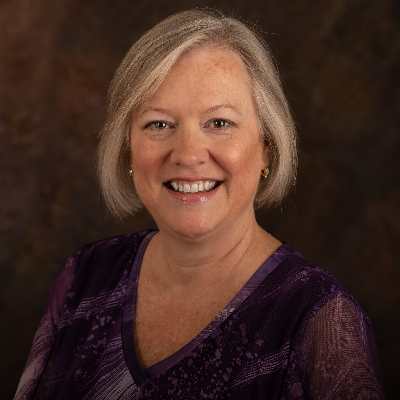
Response from Susan Honea
from the Brookhaven Team
I generally clip my FeedForward Cards and put them in my horizontal file on my desk. I don't read them immediately; instead, I let them sit for a while. When I gave my first 7-minute presentation, I let them sit for 30 days before reviewing them, mainly because I wanted to be able to view them objectively. I love receiving feedback, and I also know myself well enough that I need to be in the right mindset to review them. When I did go through them, I arranged them categorically, and then I developed my next two InfoMinute series from the key points. The questions I received were remarkably consistent. When I sit down to develop my next two InfoMinute series, I'll review them again to make sure I'm addressing the questions that my team members have. My plan for future FeedForward Cards is to add them to the thematic stacks that I have now. My theory is that if I create my InfoMinutes series to answer the questions I receive, I should see fewer of those categories from previous Cards and instead see new questions that will spark new InfoMinutes series and 7-minute presentations.
